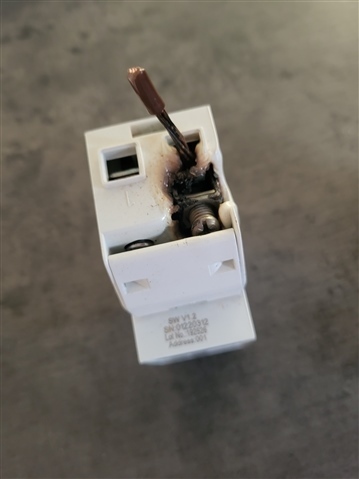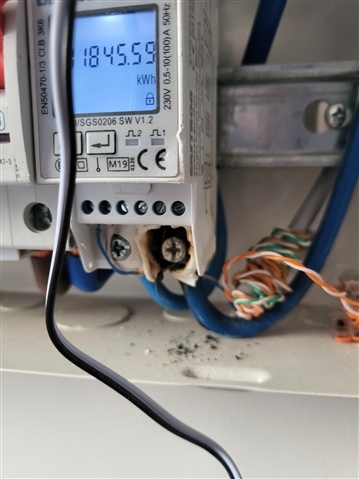I had a large electricity supplier install solar PV and battery system and the import meter melted followed by the export meter.
They are stating that it is my issue and not there's as I have overloaded my consumer unit.
The import meter was rated to 100A
The export meter was rated to 100A
My incomer is protected by an 80A fuse
My export meter is on a supply protected by a 50A MCB
They are saying it is not their issue and I will have to go through the Ombudsman if I don't agree with their report.
How do I deal with a large company that refuses to take responsibility for faulty workmanship.

